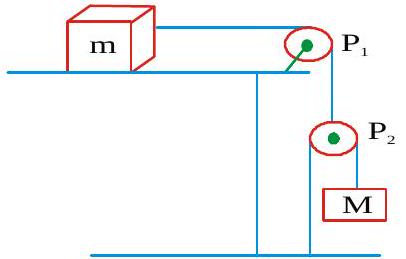270367 A body slides over an inclined plane forming an angle of\(45^{\circ}\) with the horizontal. The distance \(x\) travelled by the body in time \(t\) is described by the equaiton \(x=k t^{2}\), where \(k=\) 1.732. The coefficient of friction between the body and the plane has a value
270367 A body slides over an inclined plane forming an angle of\(45^{\circ}\) with the horizontal. The distance \(x\) travelled by the body in time \(t\) is described by the equaiton \(x=k t^{2}\), where \(k=\) 1.732. The coefficient of friction between the body and the plane has a value
270367 A body slides over an inclined plane forming an angle of\(45^{\circ}\) with the horizontal. The distance \(x\) travelled by the body in time \(t\) is described by the equaiton \(x=k t^{2}\), where \(k=\) 1.732. The coefficient of friction between the body and the plane has a value
270367 A body slides over an inclined plane forming an angle of\(45^{\circ}\) with the horizontal. The distance \(x\) travelled by the body in time \(t\) is described by the equaiton \(x=k t^{2}\), where \(k=\) 1.732. The coefficient of friction between the body and the plane has a value

